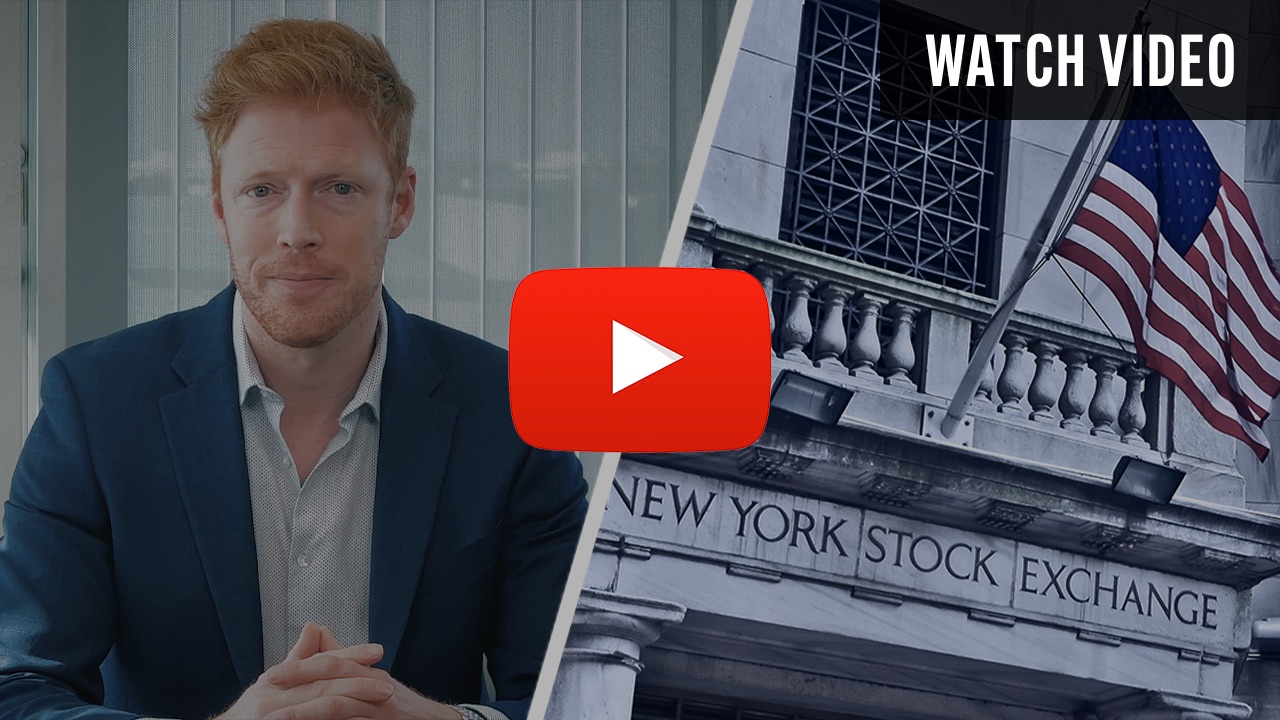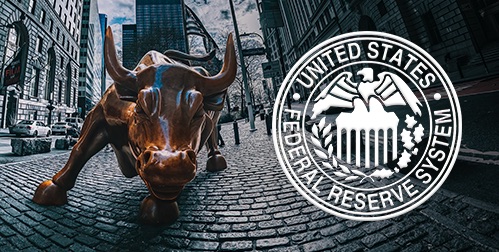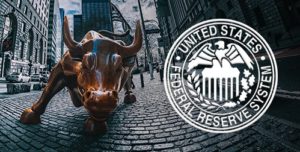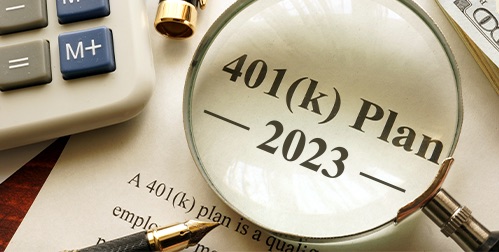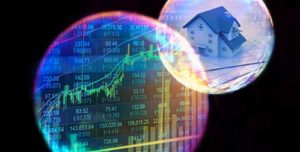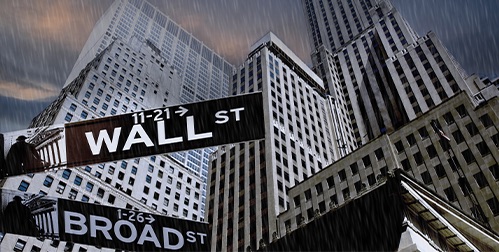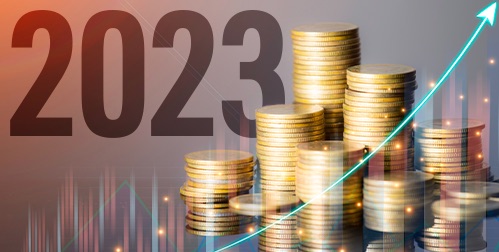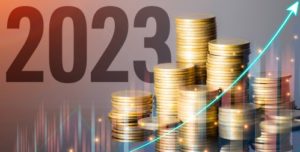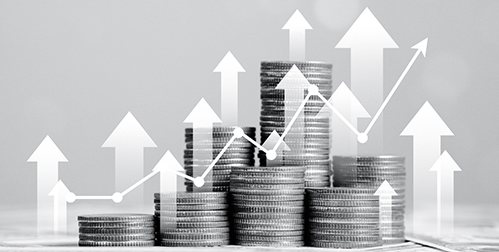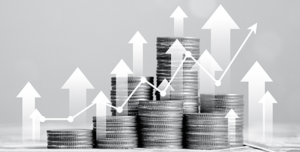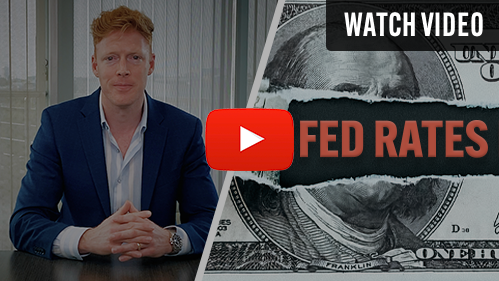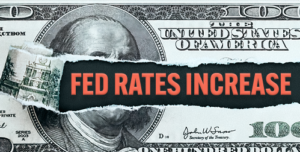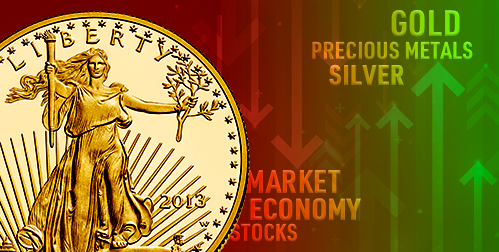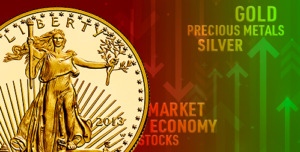- CEOs meeting at the World Economic Forum (WEF) in Davos expressed a negative outlook on the global economy
- The WEF found inflation to be the leading short-term crisis
- The UN Secretary General joined business leaders in expressing concern for a global recession
A Negative Outlook from the World Economic Forum
The World Economic Forum is underway in Davos, Switzerland. Judging from the dismal predictions of the nearly 600 CEOs in attendance, the key theme is negativity about the global economy. The macroeconomic forces they are addressing will impact the financial well-being of everyone on the planet.
The World Economic Forum Annual Global Risks Report found the inflation crisis poses the greatest short-term risk facing the world right now. The report determined the Ukraine war, and the pandemic turned the energy crisis, food scarcity and inflation into the most pressing global issues. The report has been published for the Davos summit for 17 years. It factors in the views of 1,200 figures across the private and public sectors. And the World Economic Forum survey found 63% of chief economists think we are heading into a global recession.
The UN Secretary General offered his bleak view of the global economy at Davos. He said, “We are looking into the eye of a Category 5 hurricane. Our world is plagued by a perfect storm on a number of fronts. Start with the short term, the global economic crisis. The outlook, as we all know, is bleak. Many parts of the world face recession and the entire world faces a slowdown.” He said we are facing a “clear recession perspective” due to the war in Ukraine, soaring inflation, rising interest rates and supple chain disruptions.1
He fears what he calls the Great Fracture – the global economy splitting between China and the West. This could result in two different sets of trade rules, dominant currencies, and internets. The IMF reported that such a divided world economy could cut global GDP by $1.4 trillion.
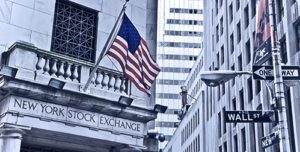
Outlook from the C-Suite
CEOs shared an overall negative outlook on the global economy. UBS CEO Ralph Hamers said the “era of higher inflation is here to stay”. He continued, “what we do believe is that certainly inflation is on the way back, both in the U.S. as well as in Europe.”2
Standard Chartered CEO Bill Winters said, “Inflation is not done” and suggested the Fed “has got a way to go.”3
Swiss Re CEO says inflation won’t fall back to low levels for at least 10 years. “I wouldn’t get too excited about the end of the Fed hiking cycle.”4
If CEOs are negative, so are everyday people. Inflation hovers around 40-year highs. The World Bank warned the global economy was perilously close to recession. And the IMF director said global economic growth will slow down in 2023. A global survey of more than 32,000 people across 28 countries found 60% of people believe they will be worse off in five years. The report has been conducted for more than two decades. It found economic optimism is at “all-time lows”.
The elites are meeting to discuss the fate of their business fortunes in Davos. Yet, their personal fortunes are unlikely to be in real danger. This cannot be said for everyone else. As they argue policy and proposals, individuals concerned about their financial future need to act. A Gold IRA from American Hartford Gold can protect the value of your retirement fund during a global downturn. Contact us to learn more about it today.
